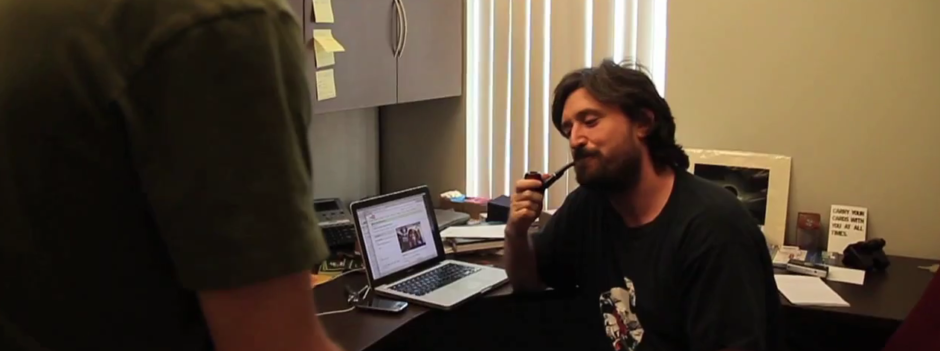http://www.youtube.com/watch?v=k9vSRPN4jDk
Walter Ruttmann (born December 28, 1887 in Frankfurt am Main; died July 15, 1941 in Berlin) was a German film director and along with Hans Richter and Viking Eggeling was an early German practitioner of experimental film.
Ruttmann studied architecture and painting and worked as a graphic designer. His film career began in the early 1920s. His first abstract short films, “Opus I” (1921) and “Opus II” (1923), were experiments with new forms of film expression, and the influence of these early abstract films is especially obvious in the work of Oskar Fischinger in the 1930s. Ruttmann and his colleagues of the avant garde movement enriched the language of film as a medium with new form techniques. (Wikipedia: Walter Ruttmann)





